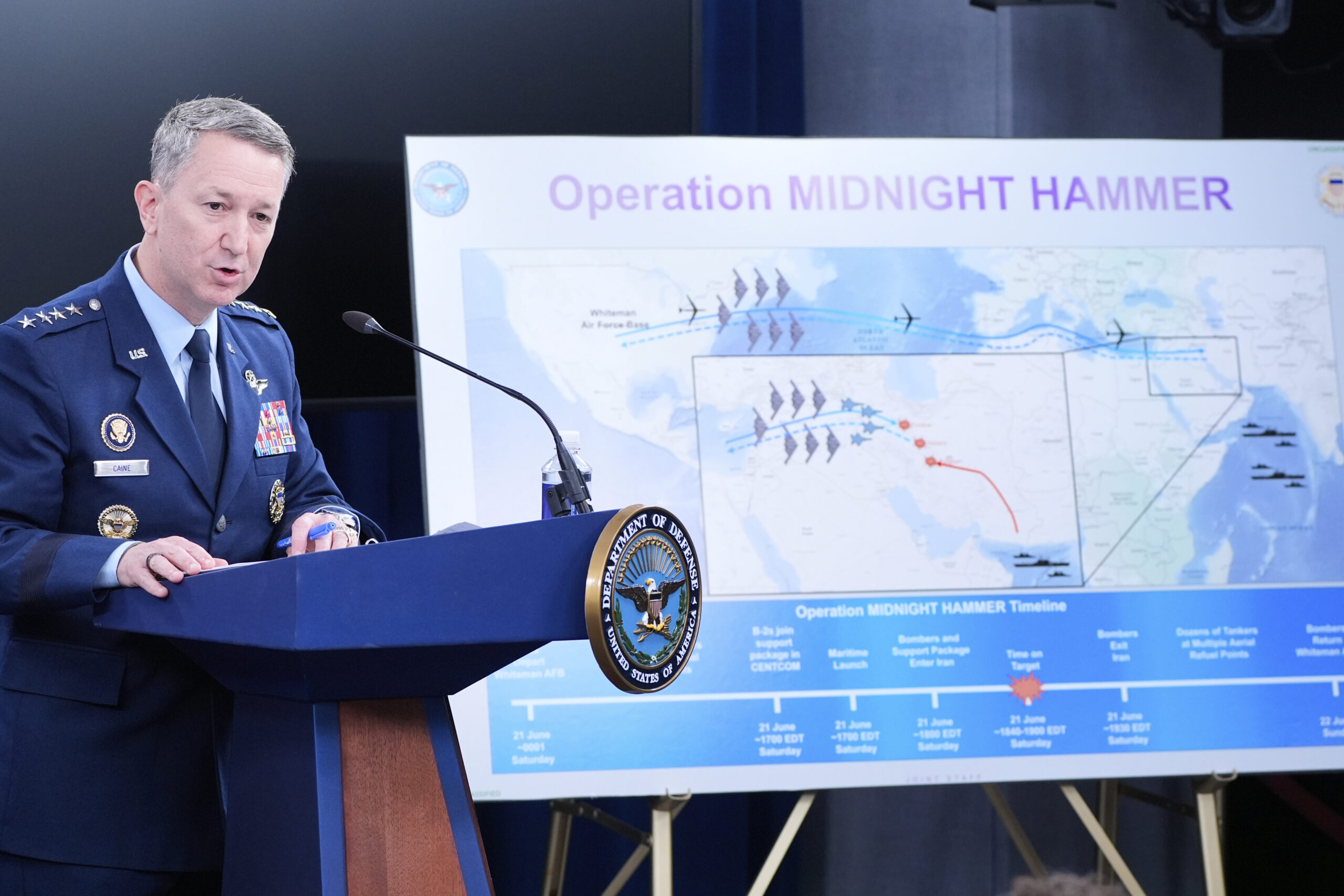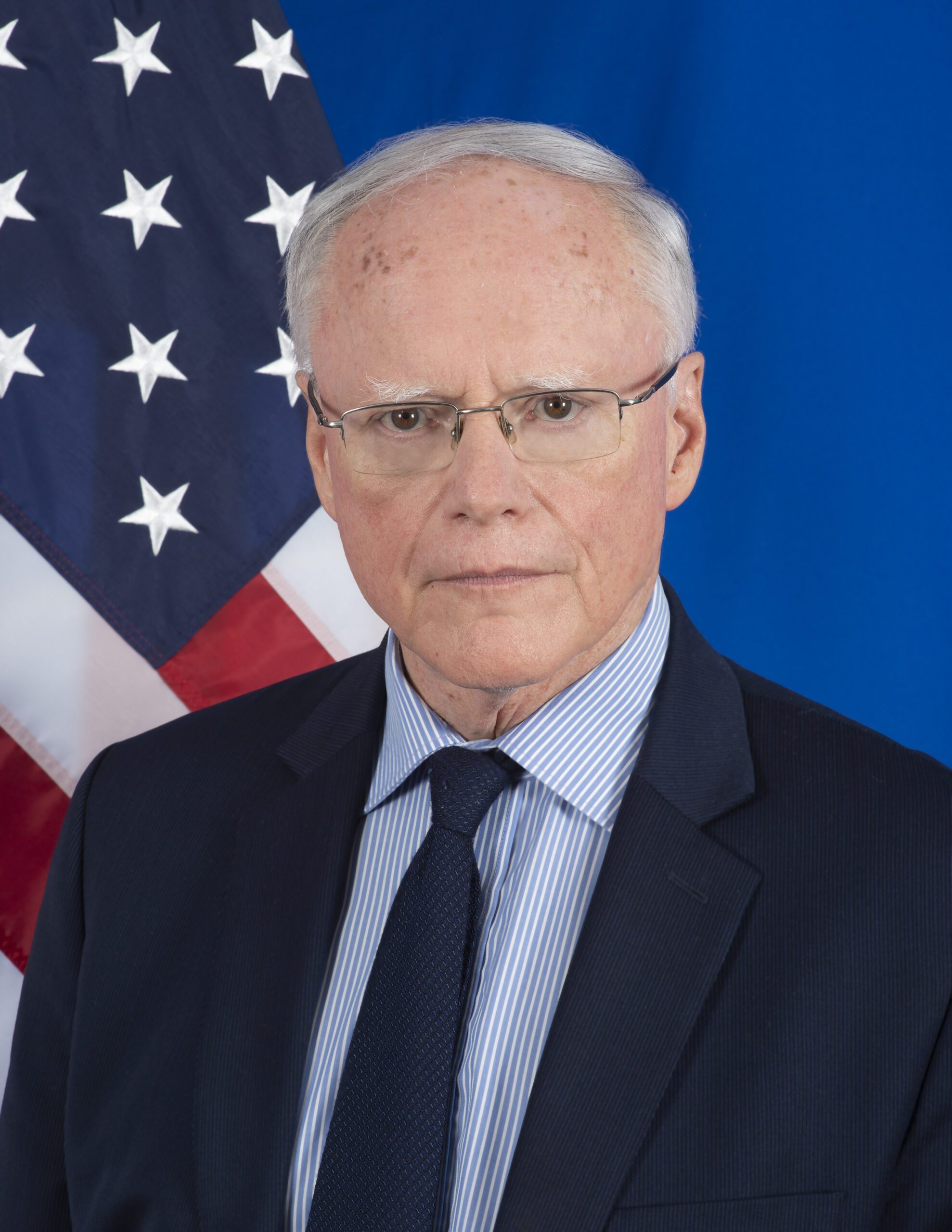Blog Post
Jul 3, 2025
Baghdad’s Financial Squeezing of Kurdistan Undermines U.S. Interests
Baghdad is weaponizing economic levers to punish the Kurdistan region for signing energy pacts with U.S. firms and for aligning with President Trump’s commercial diplomacy.
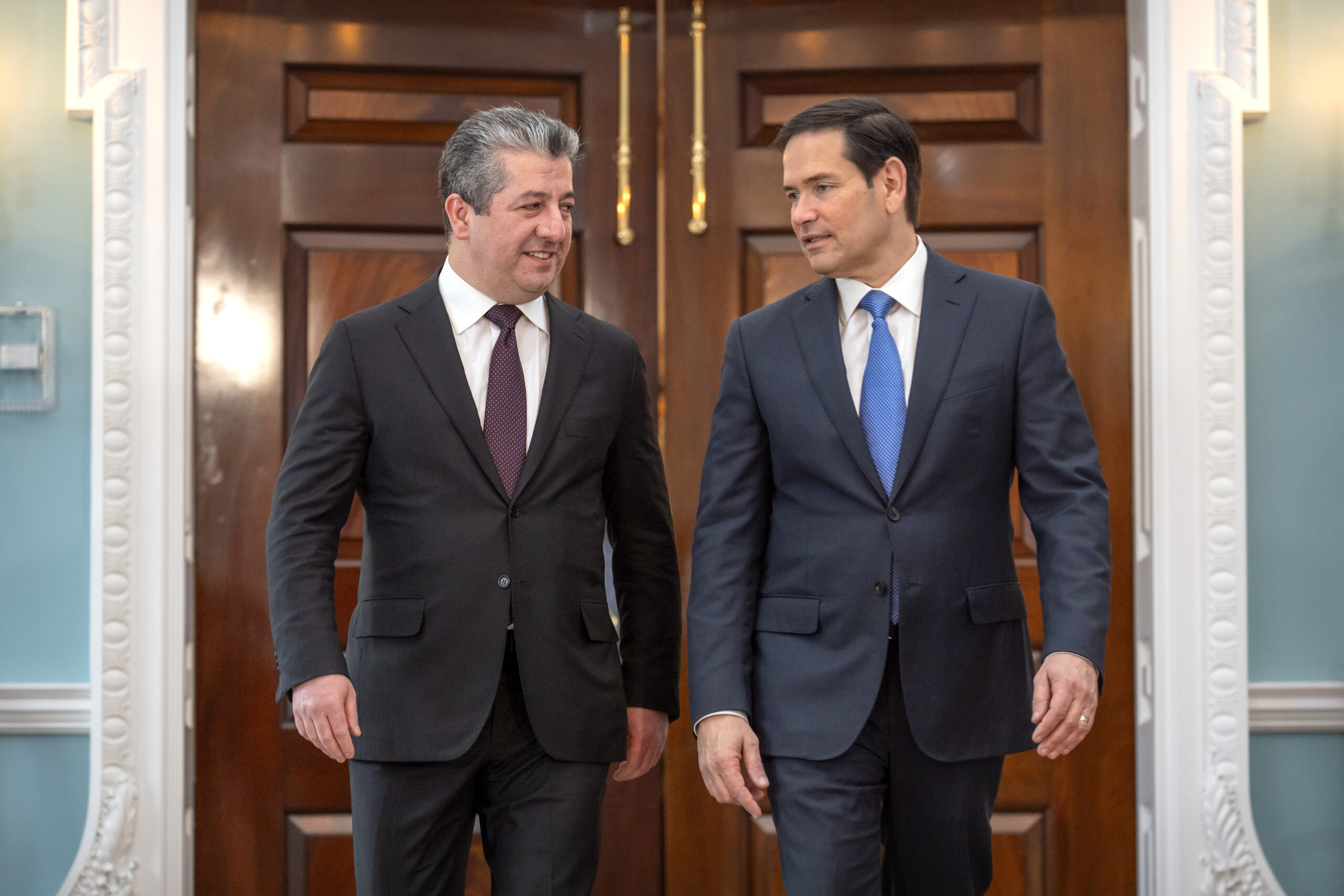
Jul 2, 2025
Aramco and the Saudi Government Budget
Payments by Aramco are still the key driver of government revenue in Saudi Arabia despite the notable increase in non-oil revenue, particularly from the value-added tax, in recent years.

Jul 1, 2025
The U.S.-China-Iran Oil Triangle in Flux
The coming weeks will offer clarity about whether President Trump’s claim – “China can now continue to purchase Oil from Iran” – signals an informal, recalibration of Washington’s Iran sanctions strategy or a tactical feint without lasting repercussions.
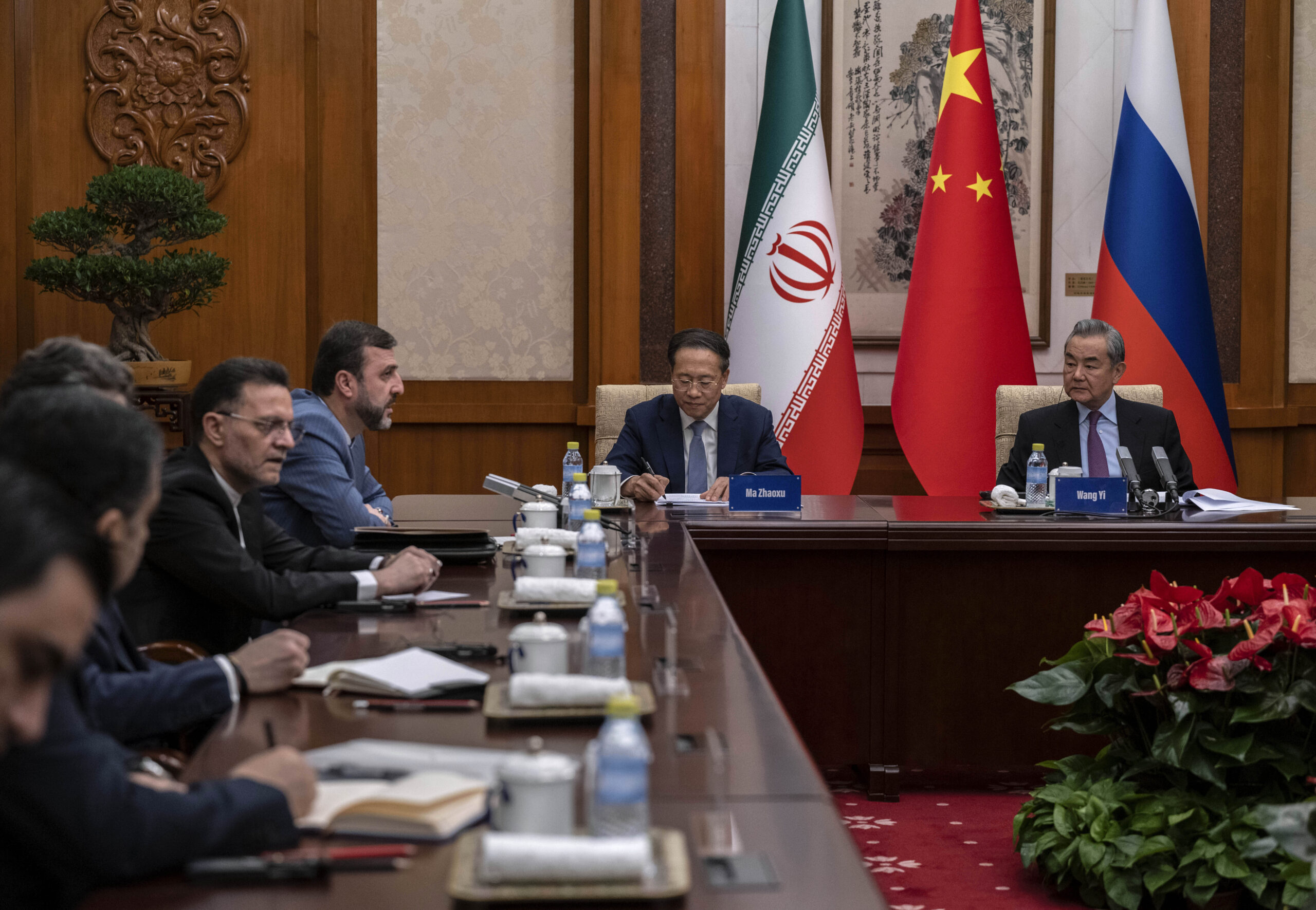
Jun 30, 2025
Israel-Iran Conflict Reveals Resilience and Vulnerability of GCC Economies
The latest regional conflict reinforced how difficult it is to severely disrupt economic momentum in the Gulf Cooperation Council while highlighting genuine threats to economic security and public safety in the region.

Jun 27, 2025
Why the Houthis Went Missing in Action
If Iran decides to continue retaliation, the Houthis will likely be part of that response at some point.
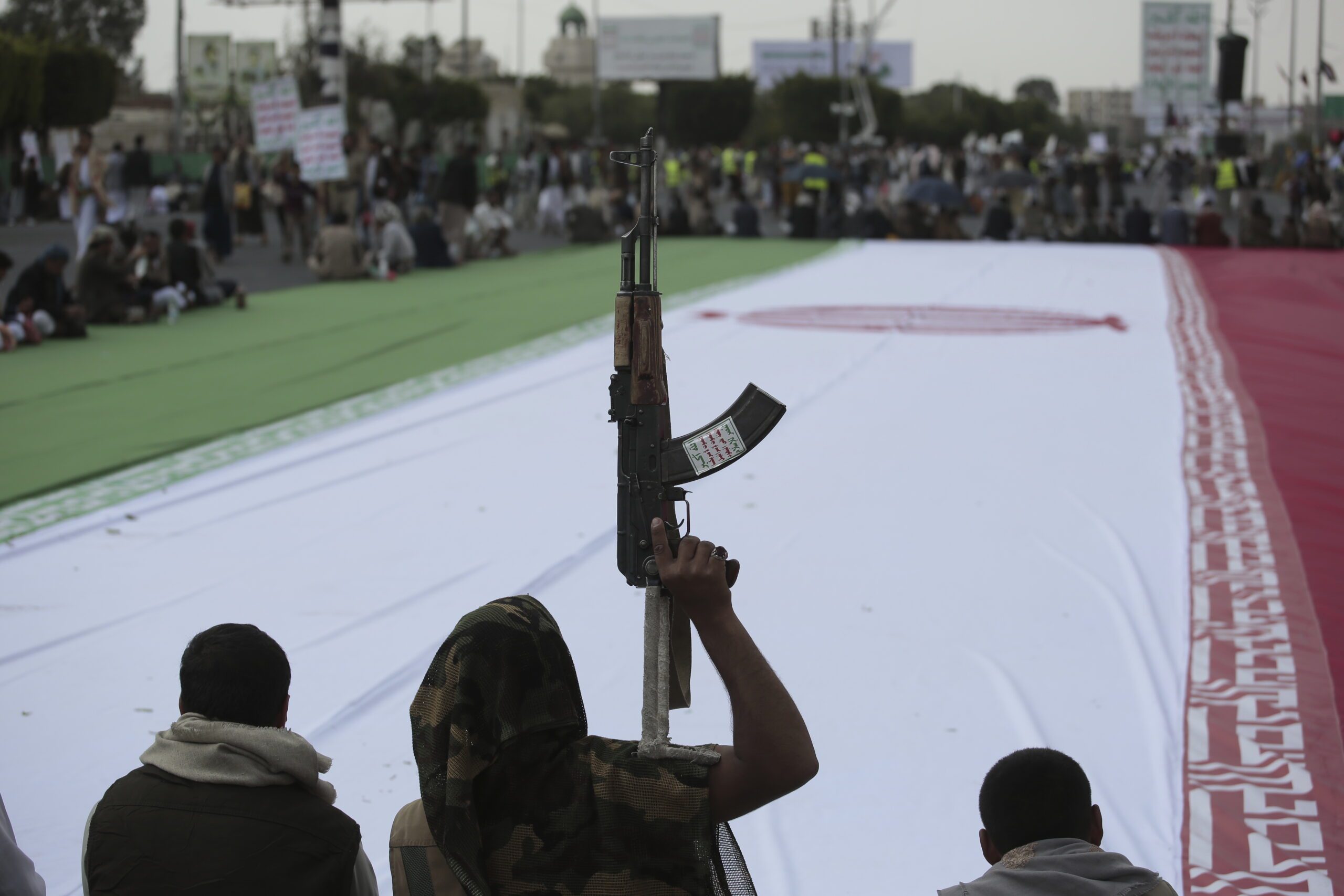
Jun 26, 2025
Russia’s Role in Iran’s Drone and Missile Gamble
Moscow relied on Iranian drones in Ukraine. Now that the situation is reversed, will Russia help Iran rebuild its deterrence after Israel’s deep strikes?
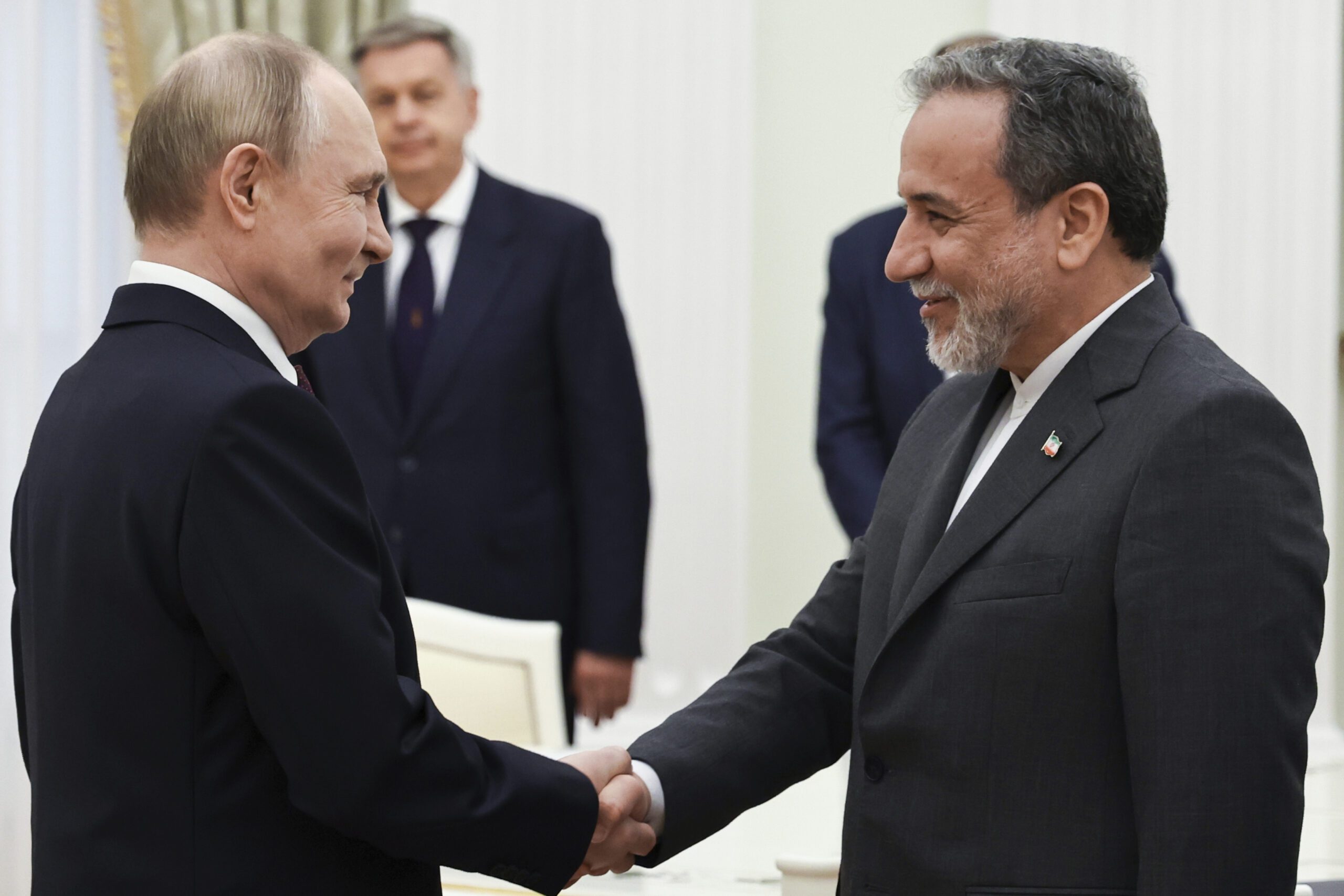
Jun 25, 2025
Iran’s Strategic Dilemma: Capitulation or Parity?
The current cease-fire may just be an interregnum between rounds of conflict between Israel and Iran, as Iranian decision makers appear more inclined to pursue strategic parity than capitulate.
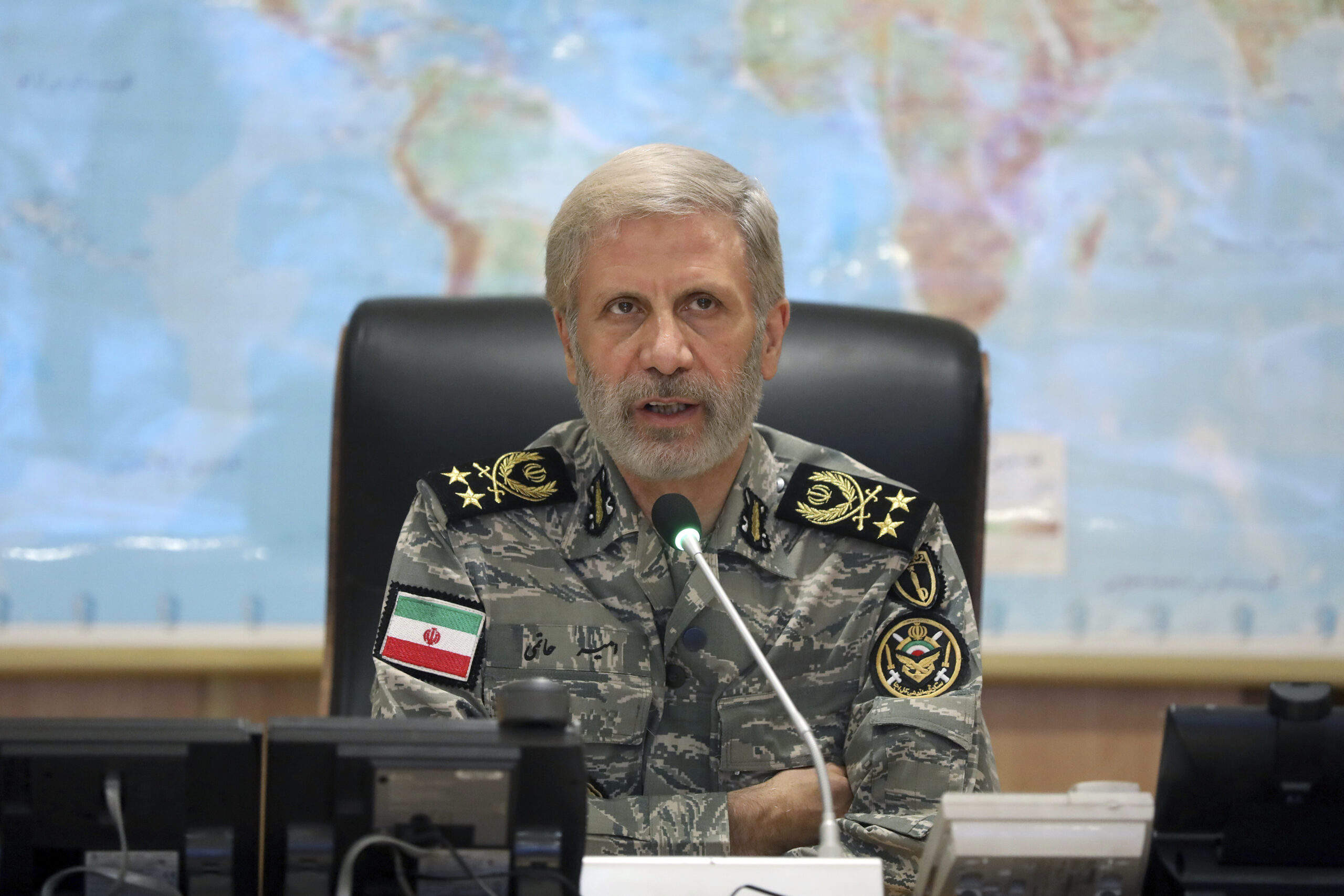
Jun 24, 2025
The Iran Strikes: Six Answerable Questions
While the just-announced cease-fire provides only a very preliminary indication of how the crisis with Iran will end, some questions can be answered, and those answers offer valuable insight.
